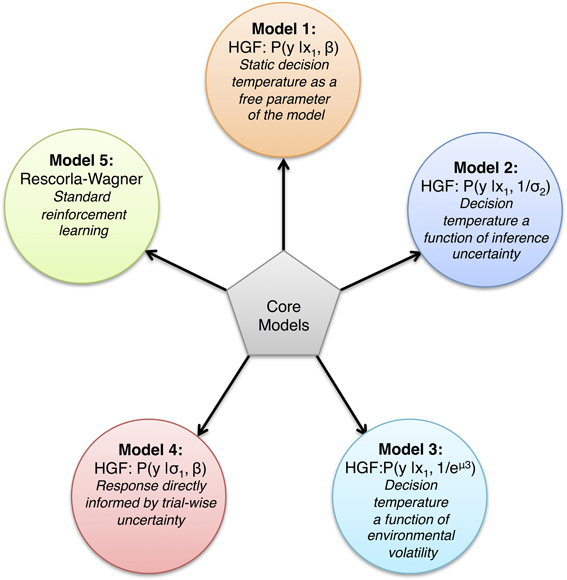Gambling Models

Casino Model Railway Museum. 782 likes 2 talking about this 103 were here. Step back in time and explore one of the world's most unique model railway collections. Located in the heart of Malahide. Specify the aim of your betting model. This appears simple, but many sports bettors.
Cite this ItemCopy Citation
Export Citation
With a personal account, you can read up to 100 articles each month for free.

Already have an account? Login
Monthly Plan
- Access everything in the JPASS collection
- Read the full-text of every article
- Download up to 10 article PDFs to save and keep
Yearly Plan
- Access everything in the JPASS collection
- Read the full-text of every article
- Download up to 120 article PDFs to save and keep
Gambling Mod Skyrim

Dynamic programming is used to solve some simple gambling models. In particular we consider the situation where an individual may bet any integral amount not greater than his fortune and he will win this amount with probability p or lose it with probability 1-p. It is shown that if p≥ 1/2 then the timid strategy (always bet one dollar) both maximizes the probability of ever reaching any preassigned fortune, and also stochastically maximizes the time until the bettor becomes broke. Also, if $p<{textstylefrac{1}{2}}$ then the timid strategy while not stochastically maximizing the playing time does maximize the expected playing time. We also consider the same model but with the additional structure that the bettor need not gamble but may instead elect to work for some period of time. His goal is to minimize the expected time until his fortune reaches some preassigned goal. We show that if $p<{textstylefrac{1}{2}}$ then (i) always working is optimal, and (ii) among those strategies that only allow working when the bettor is broke it is the bold strategy that is optimal
Journal of Applied Probability and Advances in Applied Probability have for four decades provided a forum for original research and reviews in applied probability, mapping the development of probability theory and its applications to physical, biological, medical, social and technological problems. Their wide readership includes leading researchers in the many fields in which stochastic models are used, including operations research, telecommunications, computer engineering, epidemiology, financial mathematics, information systems and traffic management. Advances includes a section dedicated to stochastic geometry and its statistical applications.

The Applied Probability Trust is a non-profit publishing foundation established in 1964 to promote study and research in the mathematical sciences. Its titles Journal of Applied Probability and Advances in Applied Probability were the first in the subject. The regular publications of the Trust also include The Mathematical Scientist, and the student mathematical magazine Mathematical Spectrum. The Trust publishes occasional special volumes on applied probability and related subjects.
This item is part of a JSTOR Collection.
For terms and use, please refer to our Terms and Conditions
Advances in Applied Probability © 1974 Applied Probability Trust
Request Permissions
Gambling System

Copy Citation
Export Citation
With a personal account, you can read up to 100 articles each month for free.
Already have an account? Login
Monthly Plan
Gambling Mod Sims 4
- Access everything in the JPASS collection
- Read the full-text of every article
- Download up to 10 article PDFs to save and keep
Yearly Plan
- Access everything in the JPASS collection
- Read the full-text of every article
- Download up to 120 article PDFs to save and keep
Dynamic programming is used to solve some simple gambling models. In particular we consider the situation where an individual may bet any integral amount not greater than his fortune and he will win this amount with probability p or lose it with probability 1-p. It is shown that if p≥ 1/2 then the timid strategy (always bet one dollar) both maximizes the probability of ever reaching any preassigned fortune, and also stochastically maximizes the time until the bettor becomes broke. Also, if $p<{textstylefrac{1}{2}}$ then the timid strategy while not stochastically maximizing the playing time does maximize the expected playing time. We also consider the same model but with the additional structure that the bettor need not gamble but may instead elect to work for some period of time. His goal is to minimize the expected time until his fortune reaches some preassigned goal. We show that if $p<{textstylefrac{1}{2}}$ then (i) always working is optimal, and (ii) among those strategies that only allow working when the bettor is broke it is the bold strategy that is optimal
Gambling Stocks
Journal of Applied Probability and Advances in Applied Probability have for four decades provided a forum for original research and reviews in applied probability, mapping the development of probability theory and its applications to physical, biological, medical, social and technological problems. Their wide readership includes leading researchers in the many fields in which stochastic models are used, including operations research, telecommunications, computer engineering, epidemiology, financial mathematics, information systems and traffic management. Advances includes a section dedicated to stochastic geometry and its statistical applications.
Gambling Slot
The Applied Probability Trust is a non-profit publishing foundation established in 1964 to promote study and research in the mathematical sciences. Its titles Journal of Applied Probability and Advances in Applied Probability were the first in the subject. The regular publications of the Trust also include The Mathematical Scientist, and the student mathematical magazine Mathematical Spectrum. The Trust publishes occasional special volumes on applied probability and related subjects.
Gambling School
This item is part of a JSTOR Collection.
For terms and use, please refer to our Terms and Conditions
Advances in Applied Probability © 1974 Applied Probability Trust
Request Permissions